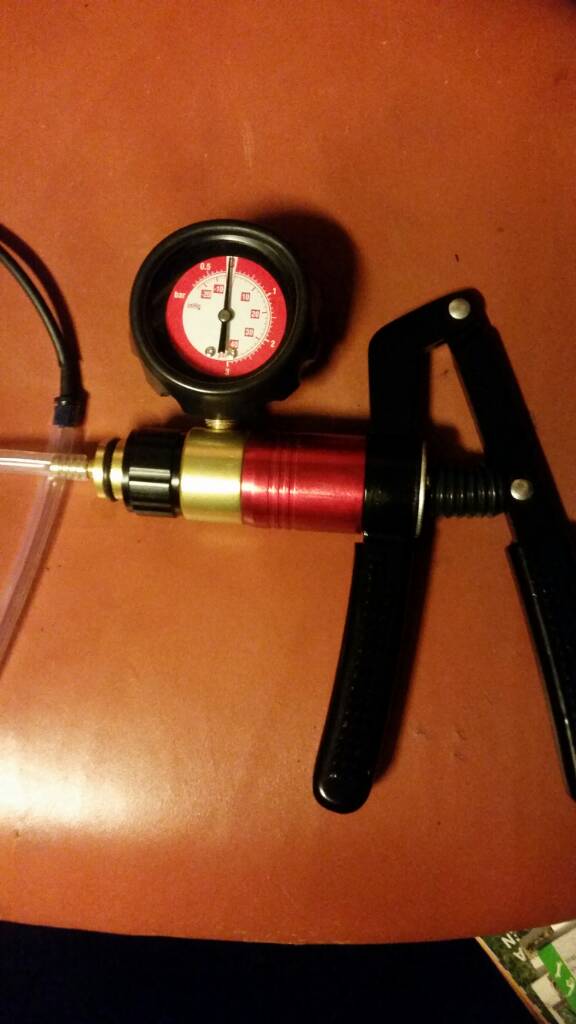"I usually pressure test first so if I have a leak I can use a soap solution in a spray bottle to help find the leak. They can pass the vacuum test and fail the pressure test. Have seen seals that would hold a vacuum but blow out on pressure for some reason. So I do both."
Yep. Think of a leaking oil seal as a valve...sometimes just a one way valve. Can hold vac and leak pressure and the other way around. That's why I always test both as well. I use a few methods when testing depending on the saw and any number of variables. (-- spark plug test fitting, intake block w/test fitting, impulse hose direct...). I will typically test a case or shortblock by itself after rebuilding before going any further. I never take anything for granted just because I just installed new parts. Experience taught me that.
The MityVac MV-8500 Silverline is the way to go if you're going to buy a tester. Tests both vacuum and pressure with the flip of a switch/lever.
https://www.google.com/webhp?sourceid=chrome-instant&ion=1&espv=2&ie=UTF-8#q=mityvac mv8500
A solid metal unit with all parts replaceable. Well worth the money the first time it finds a leak that could have otherwise toasted a brand new rebuild, not to mention the time it saves chasing your tail and throwing parts at a project when the problem is a simple leak. A home grown setup will do the job just as well, but you can't beat the convenience of a MityVac.
And Mark is correct (thank you, Mark) in the myth busting of where the piston should be when performing a vac/pressure test. Doesn't matter and it can be proven by simply rotating the flywheel while vac or pressure are being applied...which is good practice anyway to make sure the seals stay tight during a couple of revolutions.

























































